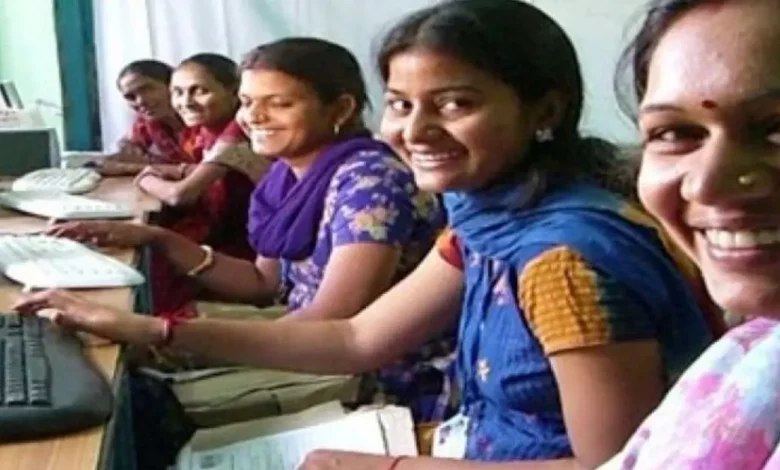Daily Current Affairs for UPSC
Survey on increasing Women Participation in Workforce
Syllabus- Governance (GS Paper-2)

Context- The Union Ministries of Labour & Employment and Women & Child Development have started a joint survey on increasing women participation in the workforce.
About the survey
- The survey is being taken to evaluate the spread of women employee-friendly practices in the country.
- The government is seeking details such as formation formation of internal court cases committee (ICC) for Prevention of Sexual Harassment at Workplace (POSH), creche facilities for youngsters, identical pay for equal work, flexible or remote running hours for women and transportation centers all through overdue hours.
- Along with this various other ministries of the Central government have issued a series of advisories to bolster the illustration of women in the workforce.
Advisories issued with the aid of Central government
- Promoting women in leadership and management roles and setting up working women hubs complete with dormitories and hostels.
- Employer rating survey within the Employees’ Provident Fund Organisation, designed to manual employers in fostering an environment conducive to women ’s monetary involvement.
- Enforcement of a 26-week paid maternity leave for employees in the construction and highway sectors, at the side of the establishment of creches in all facilities with extra than 50 employees.
- The Ministry of Women and Child Development launched national minimum requirements and protocols for the operation and management of creches.
- To address elements hindering women’s participation in the workforce, which include childcare responsibilities and gender pay gaps.
Reason for poor women exertions pressure participation
- Cultural and Social Norms: In traditional societies, gender roles may discourage women from coming into or staying in the body of workers. Expectations around women ’s duties for caregiving and homemaking limit their potential to pursue full-time employment.
- Educational Attainment: Limited access to first-rate schooling may be a barrier for women to acquire the essential capabilities and qualifications for certain jobs.
- Unequal Pay: Difference between wage gap, discourage women from getting into or staying in the group of workers.
- Structural rigidities in India’s manufacturing and carrier sectors have constrained employment opportunities within the casual zone, where a big quantity of female team of workers is concerned.
- Security Issues: Sexual harassment at Workplace regularly hinders women participation in hard work pressure.
Steps taken by Government
- Code on Wages, 2019: It presents that there will be no discrimination in an establishment among employees on the ground of gender in topics relating to wages with the aid of the identical company, in respect of the same work or paintings of comparable nature performed by using any employee.
- Maternity Benefit Act, 2017: It was enacted to provide improved maternity advantages and sell a more healthy work environment for pregnant and nursing women .
- The Code on Occupational Safety, Health And Working Conditions (OSH), 2020: It has proposed tweaks in employment phrases and conditions for women people in the above-ground mines.
- Rashtriya Mahila Kosh (RMK): It is a country wide-stage organisation that offers microfinance services to poor women for various livelihood activities. It supports profits-producing initiatives and promotes women ’s economic empowerment.
- National Rural Livelihoods Mission (NRLM): NRLM makes a speciality of developing sustainable self-employment possibilities for rural women. It gives talent training, capability building, and financial support for women to have interaction in income-generating sports.
- MGNREGA (Mahatma Gandhi National Rural Employment Guarantee Act): It guarantees 100 days of wage employment in a financial year to rural families. Women’s participation on this application is encouraged, and efforts are made to ensure equitable employment possibilities.
Way Ahead
- The sustained government efforts to enhance women ’s hard work force participation by providing them with skills and employment possibilities have expanded women labor force participation.
- The outcomes of the Periodic Labour Force Survey (PLFS), launched by the Labour Bureau in 2023, had proven a massive boom in women participation. In 2017-18, the participation rate was 23.3% and in 2022-23, it was 37%.
Source: The Hindu





.png)



